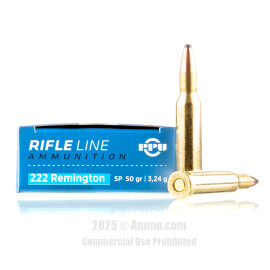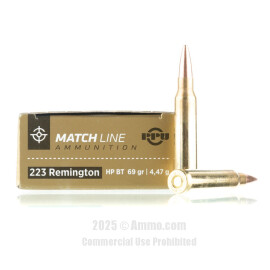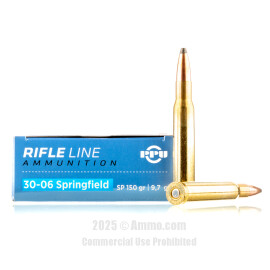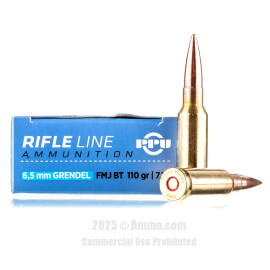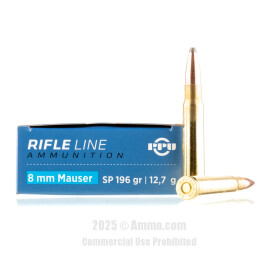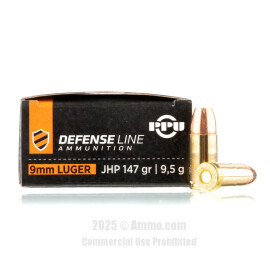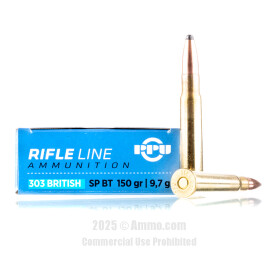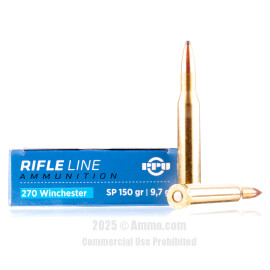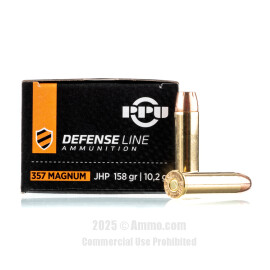
Prvi Partizan Ammo For Sale
Overview of Prvi Partizan Ammo
Founded in 1928, Prvi Partizan (PPU) is a Serbian ammunition manufacturer based in Uzice. Originally called FOMU (Weapons and Munitions Factory at Uzice), the company started with hunting rifles and pistol ammunition. Its remarkable history includes survival during WWII, when it equipped the Yugoslav Partisan resistance while under occupation. Today, PPU is one of the largest ammunition producers globally, known for its reliability and quality.
The Role of Prvi in Yugoslav Resistance
Prvi played a crucial role during WWII by providing ammunition to the Partisan movement, which resisted Axis forces and aimed for a federal Yugoslav republic. Despite repeated offensives, the Partisans grew stronger, supported by ammunition manufactured in PPU’s underground facilities. This legacy of resilience and quality still defines the company.
Prvi Partizan Ammo Today
Prvi manufactures over 400 types of ammunition, including rare and niche cartridges such as 8x56mmR and 7.92x33mm Kurtz, alongside standard calibers like .223 Remington and 9mm Luger. Their products are trusted for civilian, military, and law enforcement use. The company’s modern facilities maintain a reputation for superior quality and innovative production techniques.
Why Choose PPU Ammo?
- Diverse Offerings: PPU caters to hunters, sport shooters, and collectors with a wide range of calibers.
- Rare Cartridges: Perfect for enthusiasts with antique or uncommon firearms.
- Quality Manufacturing: Every round undergoes rigorous testing for reliability and precision.
- Global Reach: Prvi is a top supplier of ammo to the U.S. market, ensuring consistent availability.
For those looking to save, PPU ammo is available in bulk. Check out deals like bulk 223 ammo for exceptional value.
Customer Reviews
-
Zman10915 said:
Having purchased nearly a case of this ammo at a local retailer in Boise, I have run this ammunition through a couple of weapons, both of which couldn't be any more different in nature and operation, only to find out that this round, which resembles a "mini 30-30 or 32 win " can only be best described as the best ammunition I have used commercially produced to date. It feeds very well, with NO hangups, no ejection malfunctions and quite frankly- very smooth,-even in a comparison to any other spire tip traditional "AK-47" round to date. This ammunition has not yet been analyzed for speed, etc as I did not take a chronograph with me when shooting this ammunition. I would recommend anybody that owns a firearm that is chambered for this round to try it. Very nice, indeed.
-
Jim said:
It worked perfectly in my Yugo sks, cycled and ejected with no problems,military grade ammo
-
CHIEF said:
Fired 500 rounds without a hick-up. Was very clean ammo that left little fowling in my AK-47. Have already ordered another 500 rounds for future range time.
-
Bosscott said:
I bought 7 boxes of this ammo, and was surprised with the quick shipping. This ammo groups much better than the cheap foreign imported steel cased ammo.
-
AL said:
We have shot 300+ rounds with no problems. I am purchasing (2) 9mm handguns and possibly a .40 or .44 mag. so i will be looking at your site for competitive pricing. Thanks for the opportunity to voice my opinion. Respectfully, Al Young
-
iolhippie said:
Shot ammo in a Glock 27 Gen 4 with a Storm Lake 357 sig barrel with very little problem. Ammo jammed a couple of times, but I don't think the ammo was the problem. I will buy more Prvi Partizan ( PPU) ammo when possible in .40 cal, 9mm, and 357 sig. Great stuff.
-
Iron Tom said:
All my PPU ammo has been quality middle tear ammo. Solid and consistent brass case loads. Good accuracy too. It's not match accurate, but it's also not match ammo.
-
solar cowboy said:
this is very accurate and consistent ammo. At 100 yards with my cmmg 16 " barrel they kept marking the same spot.
-
Jaquon said:
Ok
-
Drummermike said:
See summary for review.
-
me said:
The .25 ammunition works perfectly.
-
iolhippie said:
Shot ammo in a Glock 27 Gen 4 with very little problem. Ammo jammed a couple of times, but I don't think the ammo was the problem. I will buy more Prvi Partizan ( PPU) ammo when possible in .40 cal, 9mm, and 357 sig. Great stuff. Shoots cleaner than most other I have found.
-
Boyd said:
Quality Ammunition, fires reliably, good Makarov ammunition for those using less common weapons such as the Makarov or FEG 9 x 18.
-
Karl said:
For the price I'd say a good purchase. Out of 200 rounds maybe around 15-20 rounds that I'd assume had bad primers and didn't fire.
-
BWalter82 said:
This ammo is clean firing, accurate to 2 moa, and I never had a problem in any of my rifles; probably the "best bang" for the buck out there!
-
Lyman said:
very pleased and prompt fast delivery would recomend to everyone
-
john said:
just bought another 100 rds..will buy again.
-
Red said:
Fast shipping
-
Chris said:
I know most people would say the 123 gr is the optimized bullet weight for the Grendel but I have found the 115 gr PPU to be the most accurate and long shooting of the rounds I have tried so far.
-
MeInHS said:
Goes down range just fine
-
Mac162 said:
awaiting deer season
-
Jim said:
I have a 1943 Finn M39 Carbine, bolt action, I shot about 100 rounds, no problem, military grade ammo
-
Chuck said:
The ammo shoots a tight group, and is very accurate.
-
Timbo said:
The ammo worked well and reliably in my Desert Eagle, with no jams or malfunctions. I would recommend it anytime.
-
flois said:
Just what i was looking for.
-
counttry said:
Great value, shipped ASAP




